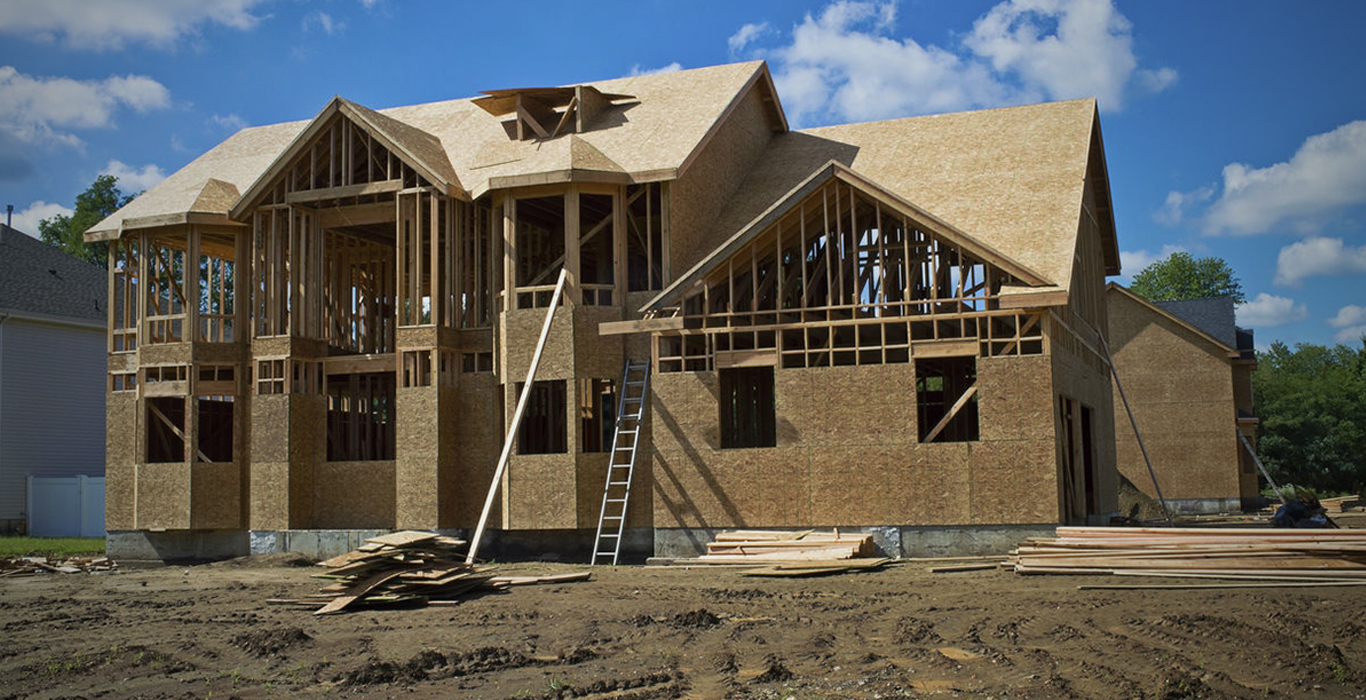BoundaryWise tips for the newly built home

Every home with a boundary problem was once a brand-new home. If the boundaries are not clearly understood from the time the first owner moves in, inaccuracies in the placement of fences, sheds, walkways, gardens and so on can create the potential for an unfortunate property boundary dispute in years to come.
That’s why it’s imperative for homeowners in new subdivisions to understand exactly where their boundaries are – and that’s often not easy in a construction zone with mud everywhere and no fences to define each parcel of land.
It’s all too common for the legal iron pins that mark the boundary of each lot to get knocked out, shifted around or buried deeply during home construction. New homeowners often mistakenly use the wooden grading stakes found around the perimeter of their property as a guide when planting a new hedge or putting up a fence, but these stakes can’t be relied upon to determine the legal boundary. You also shouldn’t assume that a swale (drainage ditch) running between two properties marks the boundary line, or that a privacy screen between two townhouses is located on the property line.
Even a fence that marks the perimeter of the subdivision is most likely built a foot or so inside the property line of the adjacent lots; however, this fence can’t be moved to the actual property line by the new homeowners until the subdivision is complete, due to the contract between the developer and the municipality.
Homeowner best practices for newly constructed homes:
- The location of your property boundary is recorded in the Surveyors Real Property Report (SRPR) that is performed after the foundation walls are poured and the soil is backfilled around the home. This SRPR is your official documentation of your building location and the property boundary lines. Be sure you receive a copy from your builder and keep it in a safe place for future reference.
- Ask the builder to have the surveyor mark the four boundary corners of your property with iron survey bars as a condition of closing. Even if the builder charges a nominal fee for this service, it is a cost-effective – and BoundaryWise™ – practice that provides key information to support your property improvements (e.g., fences, landscaping, sheds, etc.) in years to come.
- Protect the iron survey bars that define the corners of the property – they are legal monuments that provide the most important evidence of your property boundaries. Don’t remove/move them or allow others to move them.
- Be a good neighbour, while at the same time ensuring that your neighbours don’t establish a pattern of using part of your property for their routine activities.
With your survey plan in hand and your property lines clearly identified, you’ll be ready to put your unique stamp on your land, without creating Boundary Time Bombs along the way.












